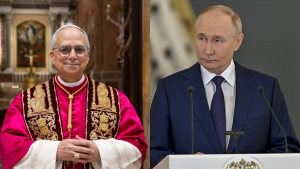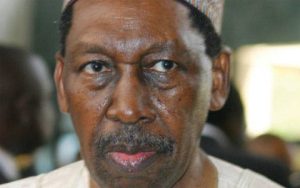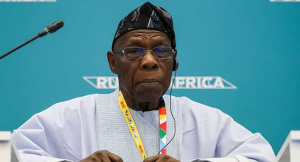
Kathmandu, Nepal – Nepal has announced a significant increase in permit fees for climbing Mount Everest, raising the cost by 36% for the first time in nearly a decade. The new fee structure, set to take effect in September, will see climbers paying $15,000—up from the previous $11,000—for a permit to ascend the world’s highest peak.
The decision, announced on Wednesday by Narayan Prasad Regmi, director general of Nepal’s Department of Tourism, is expected to generate additional revenue for the country, which relies heavily on income from foreign climbers. Nepal is home to eight of the world’s 14 highest mountains, including Everest.
“The royalty (permit fees) had not been reviewed for a long time. We have updated them now,” Regmi stated.
The price hike applies to the popular April-May climbing season along the standard South East Ridge route, first conquered by Sir Edmund Hillary and Tenzing Norgay in 1953. Climbing permits for the less popular seasons—September to November and December to February—will also rise to $7,500 and $3,750, respectively.
Reactions and Environmental Concerns
While some in the mountaineering community expected the increase, expedition organizers say it is unlikely to deter climbers.
“We expected this hike in permit fees,” said Lukas Furtenbach of Austria-based Furtenbach Adventures. “I am sure the additional funds will be somehow used to protect the environment and improve safety on Everest.”
Nepal has faced criticism in recent years for overcrowding on Everest and inadequate management of climbers’ safety and waste disposal. Although Regmi did not specify how the additional revenue would be allocated, he noted that cleaning campaigns and safety measures, such as rope fixing, are regularly conducted.
As global warming and environmental degradation continue to affect the region, climbers returning from Everest report increasingly dry and rocky conditions, raising concerns about the long-term impact of climate change on the world’s tallest peak.







